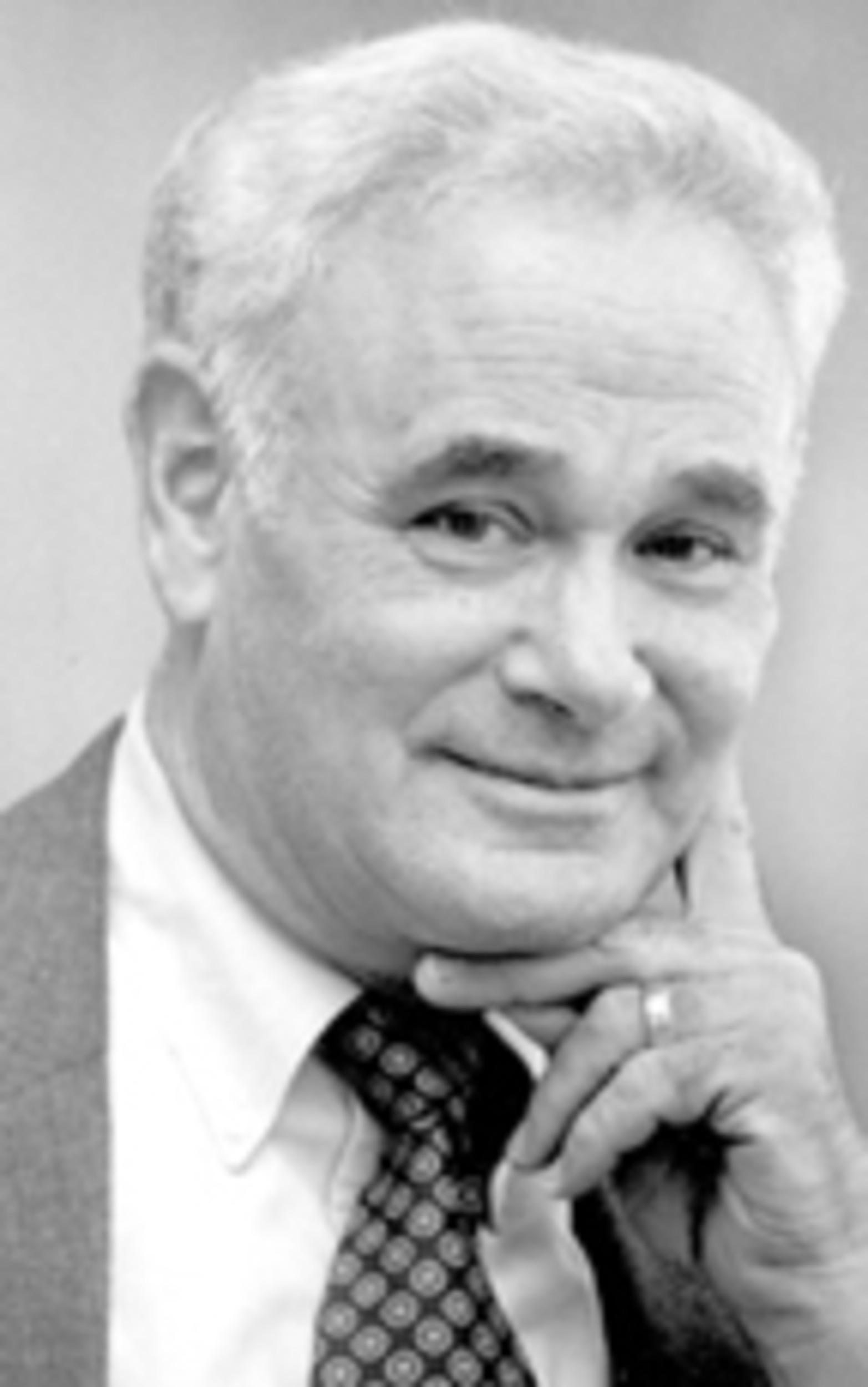The Zimmerman in Bob Dylan
Robert Allen Zimmerman was born in Duluth, Minnesota, on May 24, 1941. He spent the majority of his childhood, including his high school years, in Hibbing, about 60 miles northwest of Duluth. His father and mother, Abram and Beatie, whose parents were immigrants from Eastern Europe, sent both him and his younger brother David to the local synagogue for their Jewish education leading to Bar Mitzvah at age 13.
Zimmerman, calling himself Bob Dylan, arrived in New York City in 1960. Within a few years, he became a leading voice of the ’60s protest movement against social injustice here at home and against the war in faraway Vietnam. His 1964 song, “The Times They Are A-Changin’,” became the anthem of many college undergraduates.
By the early ’80s, I had more or less lost track of Dylan’s ever-evolving musical output. I was only vaguely aware that, according to some, Dylan had converted to Christianity in 1978, and that during the following three years he had produced three albums of born-again gospel music: “Slow Train Coming” (1979), “Saved” (1980), “Shot of Love” (1981). I did not know that in his public performances from November 1979 through May 1980, Dylan chose to sing only “the songs that reflected his newfound faith.” I did not know that during this period Dylan introduced many of his newly composed songs with what amounted to Good News mini-sermons. Since those three gospel albums appeared, people have debated whether they represent a “forever” commitment or yet another one of Dylan’s Picasso-like phases.
In the recently published “Bob Dylan: A Spiritual Life” (BP Books, WND Books, 2017), Scott Marshall attempts to answer this question. For the first third of the book, I remained unimpressed and unconvinced. It seemed to me that Marshall was obsessed with proving that, whatever his relationship to the Jewish people, Dylan has stayed committed to the belief that Jesus is the Messiah. To make his point, Marshall appeared to be taking Dylan’s notoriously ambiguous and slippery public statements out of context and to assume that the lyrics of his songs are an unmediated statement of his innermost beliefs. I initially felt that Marshall knew from the outset what he wanted to “discover” in his spiritual biography and was all too willing to force the facts to fit into his preordained conclusions.
However, as I traveled further into his well-researched book, I began to see that my skepticism was perhaps unwarranted. Marshall does bring up considerable evidence to bolster his position. To take but one of many possible examples: Dylan has continued to include in his public performances an energetic version of “In the Garden,” a song he originally wrote for his second gospel album, “Saved.” The lyrics are unambiguously Jesus-centered; each of its five stanzas asks a different question: “When they came for Him in the garden did they know?...When He spoke to them in the city, did they hear?...When He healed the blind and the crippled, did they see?...Did they speak out against Him, did they dare?...When He rose from the dead, did they believe?
Marshall deserves credit for highlighting a number of the views brought by those who see Dylan as Jewish to his core. He tells the story of Howard Rutman, lifelong friend of Dylan, who bonded with him in the 1950s at a Jewish summer camp in Wisconsin. When Dylan returned to Minnesota to have Rutman, who had become a dentist, work on his teeth, Rutman noticed that Dylan was wearing a heavy gold cross encrusted with rhinestones.
Marshall reflects upon the dentist’s insistence that Dylan is “a Jew, you know, a Jewish guy. And his soul, too. He’s really Jewish.” Marshall, who maintained throughout his book that Dylan has remained loyal to his “knee-buckling experience” of Jesus, nevertheless muses: “Was (the dentist’s) famous friend, who sat in that dental chair and later shared a Kosher meal with him, really any less Jewish than he was back when he canoed, swam and banged on the piano at Camp Herzl in Webster, Wisconsin, in the 1950s? Sure, Dylan made an unpopular move, but can ethnicity and cultural identity be stripped away because of
personal beliefs?”
Again, to Marshall’s credit, he offers several instances of Dylan’s continuing connection with the Jewish community after his so-called born-again years. Among them, attending the Bar Mitzvah ceremonies of his sons, one of them at Jerusalem’s Western Wall; studying with various Chabad rabbis; showing up at synagogues for Yom Kippur worship.
In other words, Marshall seems to be asking: Can the Zimmerman be extracted from the Bob Dylan? At a certain level, this is an easy question to answer. Of course, the 76-year-old Dylan preserves some elements of the Zimmerman within him. The hard question, the unanswerable question is this: What is the relationship between the writer and the performer of “In the Garden” and the man who feels the need to worship at a synagogue,
however infrequently?
Marshall draws upon Bert Cartwright’s updated version of “The Bible in the Lyrics of Bob Dylan” (1992), Cartwright writes, most perceptively: “Ultimately there remains for Bob Dylan a tension between viewing the Bible as an artist and the Bible as a source of ultimate revelation.” Dylan is an artist, an inscrutable artist who eschews being labeled. An artist who refused to go to Stockholm to be honored for receiving the 2017 Nobel Prize for Literature.
I suspect that not even Dylan can explain to himself how the Hebrew Bible and the New Testament have come to live within the songs he has composed. I suspect that not even Dylan can fathom the depths of the Zimmerman that continues to live within him.
JAMES B. ROSENBERG is rabbi emeritus at Temple Habonim in Barrington. Contact him at rabbiemeritus@templehabonim.org.








